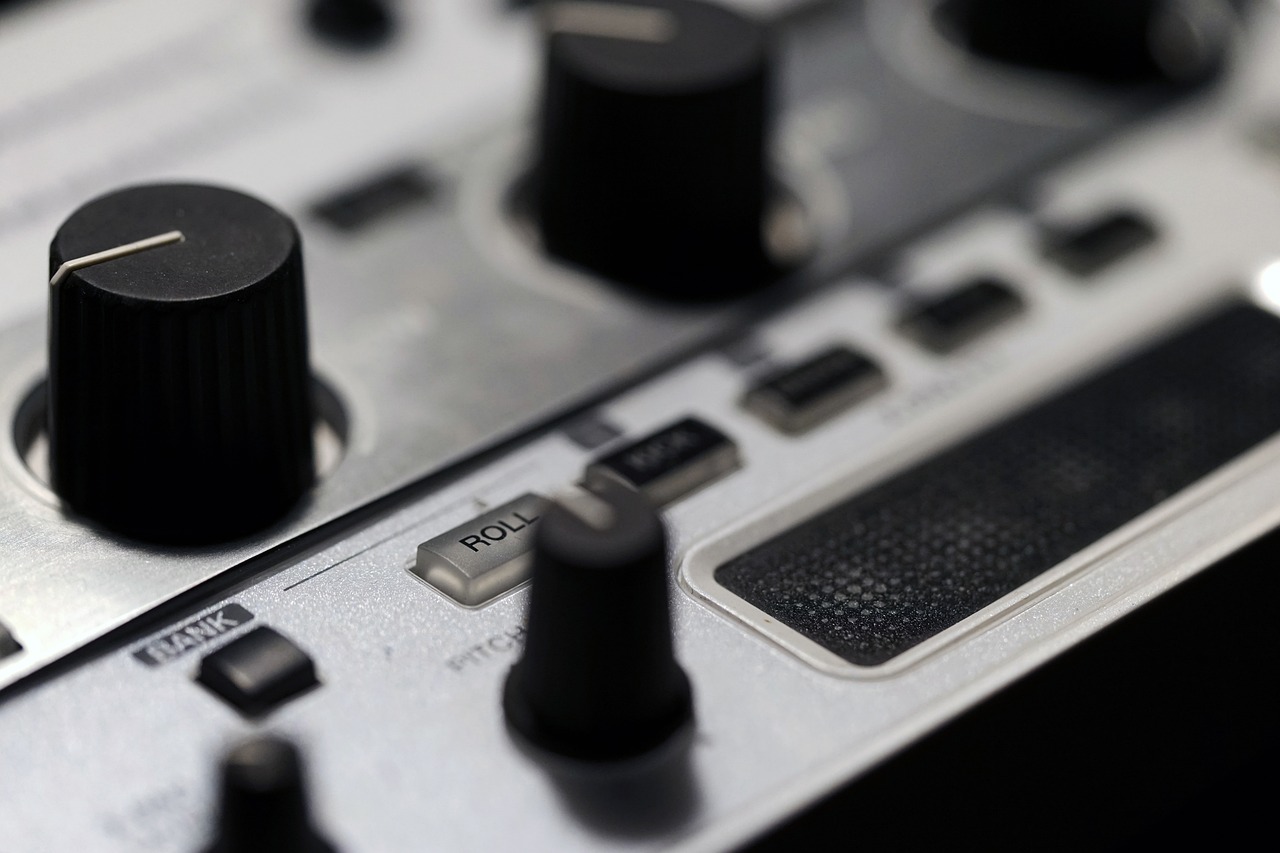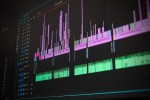Premiere Pro: Audio Effects for Video

February 17, 2023
As you know, audio effects can make or break your video content and that’s an aspect that Premiere Pro also covers. But if it’s your first time trying these kinds of effects, it’s necessary to dive into some of the essentials, including distortion, reverb, and more. Let’s get started!
How do you add audio effects to videos?
Well, fortunately, adding some audio effects in Premiere Pro, After Effects and other video editing apps and software is super easy. Actually, its interfaces already have dedicated ‘Audio Effects’ panels, featuring a whole host of nifty tricks you can drag onto your audio tracks.
So, if you need some audio effects for video editing, these programs are perfect. Any post-production and fixing you might have to perform on your footage should be doable, and most of the time, it’s pretty quick!
What is audio clipping?
This is about distortion and it’s usually visible on your project’s waveform when an amplifier is pushed beyond its limit (i.e., if you speak too loudly and closely into a microphone), so that the information won’t be processed correctly.
How can you recognise it? Easy, it’s represented by the waveform hitting the top of the bar, resulting in a blown-out, overdriven noise. Basically, it’s just too loud, and unless it’s intentional, it doesn’t sound great.
How do I fix audio clipping?
While it’s not the worst problem ever, audio clipping can make your content seem a little unprofessional. Therefore, in order to tidy up and ensure your audio sounds nice and crisp, you can try Adobe Audition’s Declipper tool. This is an Adobe feature explicitly designed for pushing the dB levels down and declipping your content. Come on, give it a try!
What does too much compression sound like?
Compression controls the volume of different tracks within a project timeline, altering the dynamic range to squash certain files down further than others. Essentially, audio compression allows you to ‘push’ sounds further or closer to the audience. Sometimes, audio compression can also be associated with music and podcasts, but can affect the audio tracks within your video content as well.
What does delayed audio mean?
This effect usually causes an echo by taking a track and playing back delayed duplicate versions. However, it’s most commonly used digitally nowadays, piled on in post-production to help match audio up to visual content. For example, if you filmed on a green screen and wanted your footage to be set in a cave, a well-placed delay could help get that delayed echo you’re after.
When should I use reverbs?
Reverb is an effect similar to echo, during which a sound is extended. Reverb can be achieved naturally depending on what kind of space you’re shooting footage in, but it can also be added in post-production with video editing apps and software.
What are the best audio effects in Premiere Pro?
Finally, although Premiere Pro is a video editing software, it still has a big impact when it comes to audio effects. Here are just a few Premiere Pro-specific tricks you can access with ease.
- DeNoise: This is a noise reduction tool, helping to clean up any fuzz or background sounds you might have accidentally captured.
- Balance: This helps you crack that stereo mix without overcompressing things. The tool allows you to change the ‘direction’ of sound within your content, giving it a fuller, three-dimensional feel.
- Lowpass: On the opposite end of the spectrum, you can use Lowpass to make things sound all blurry and muffled. This is perfect if you’re trying to convey confusion, disorientation, or distance.
- Surround Reverb: We already covered reverb, but Surround Reverb goes one step further. Rather than have the music play on top of the scene, you can make it seem like it’s playing within the content – perhaps people are listening to music on their headphones, a ringtone goes off, or there’s a concert in the distance.








